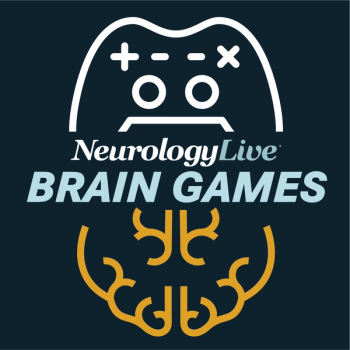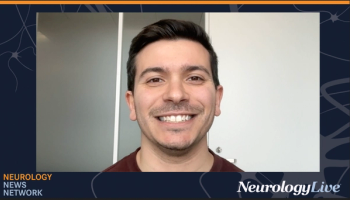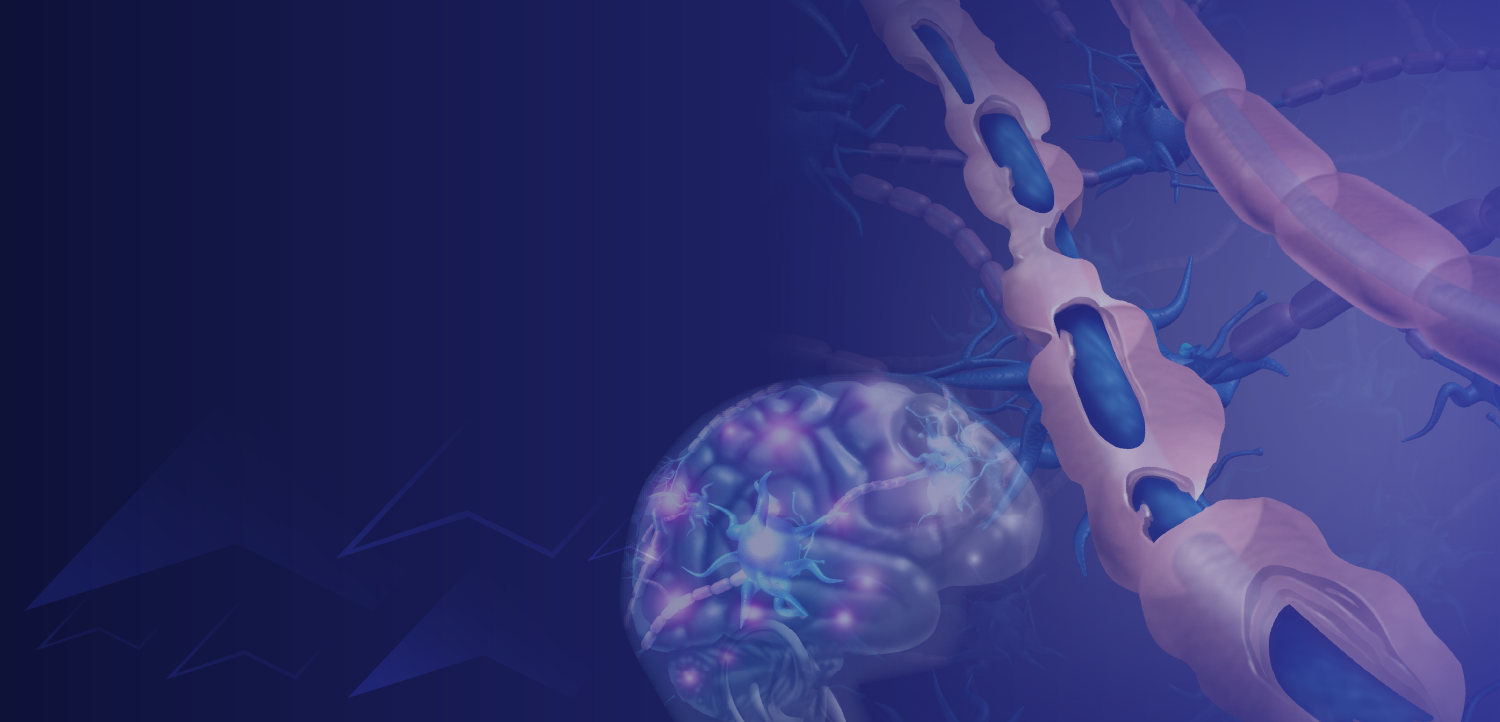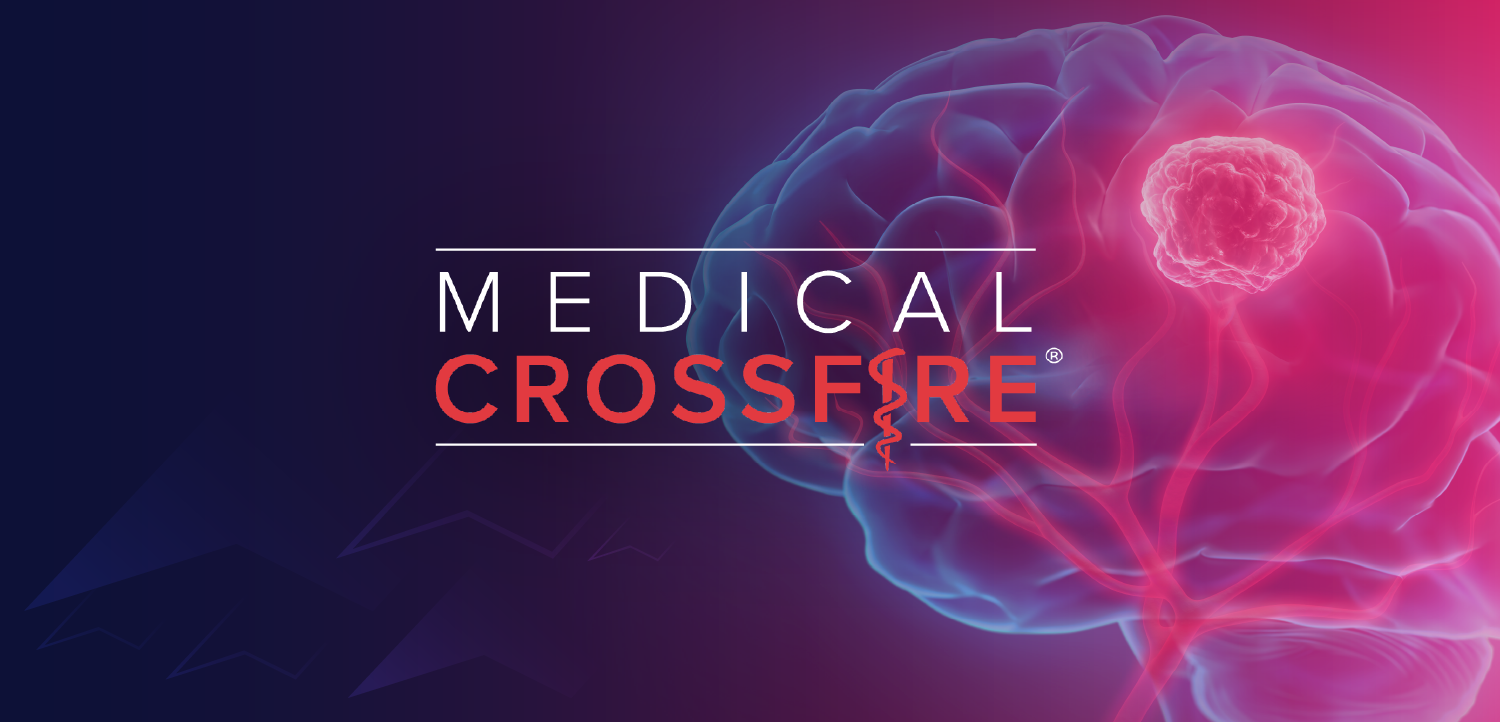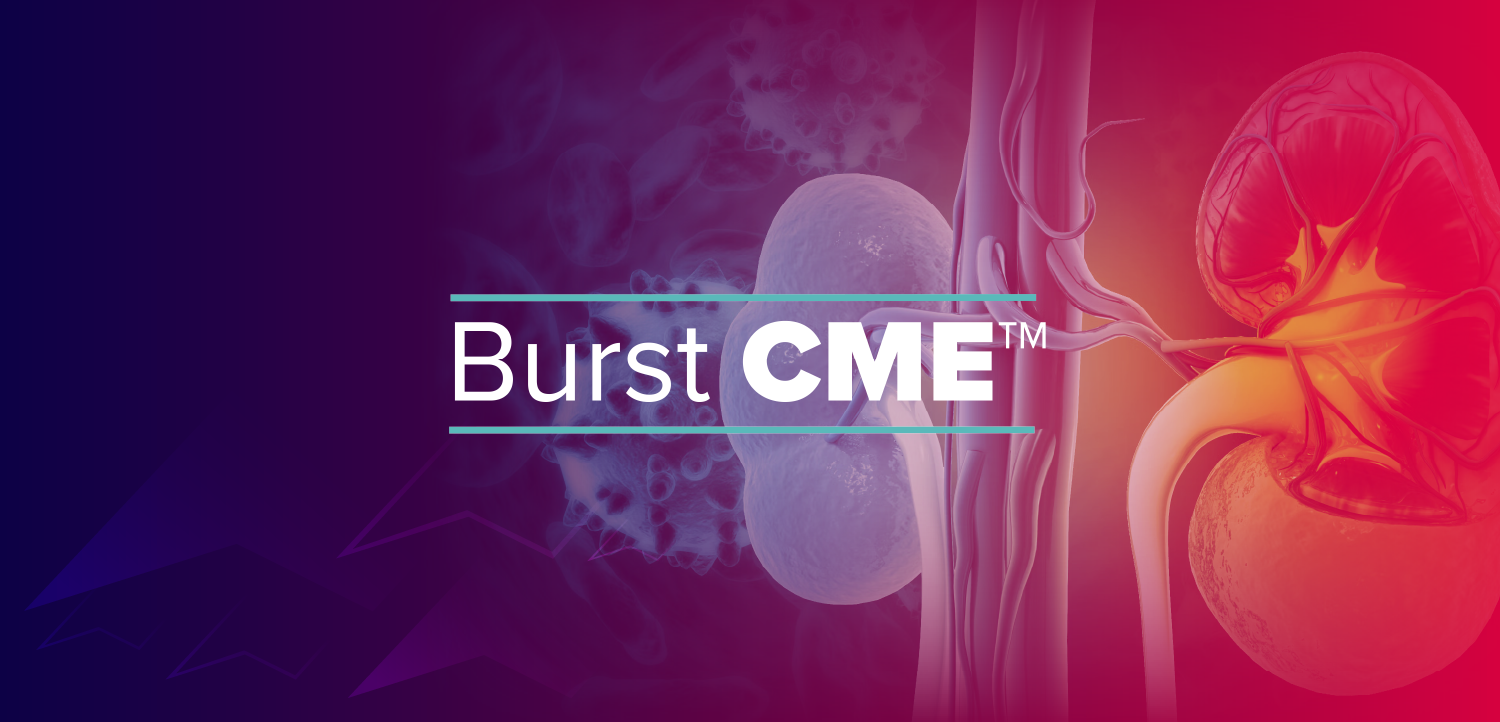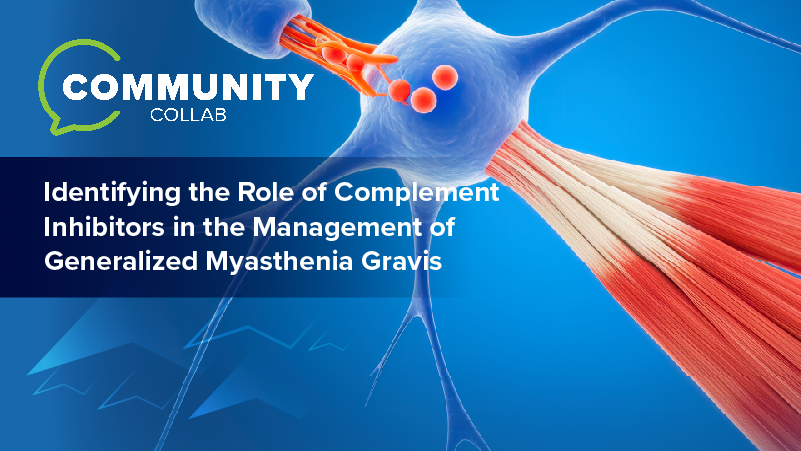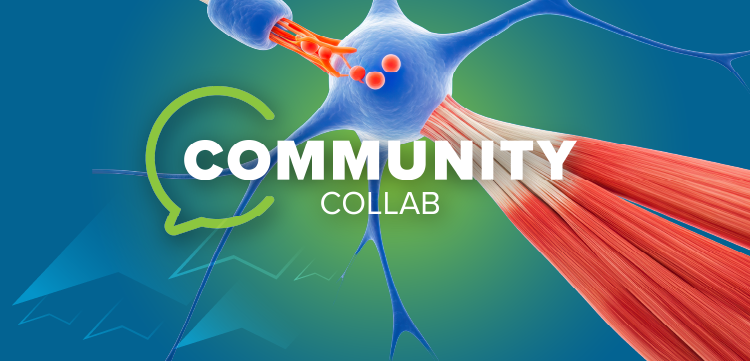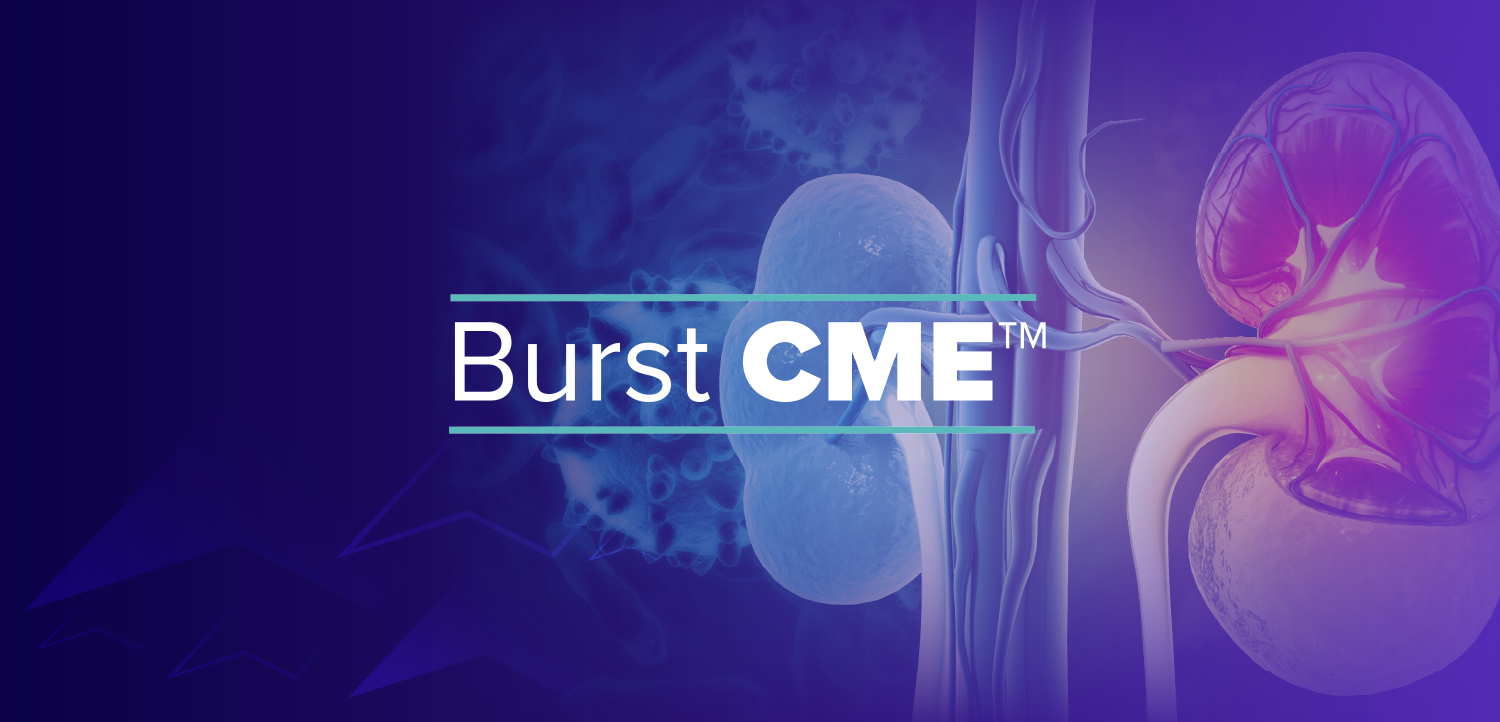
Praxis’ Vormatrigine Shows Significant Ability to Reduce Seizure Incidence in Phase 2 RADIANT Study
Key Takeaways
- Vormatrigine significantly reduced seizure frequency in patients with focal onset seizures, achieving a 56.3% median reduction.
- The drug was well tolerated, with 22% of patients achieving a 100% reduction in seizure frequency.
New study reveals that vormatrigine significantly reduces focal onset seizures, offering hope for improved epilepsy treatments at the upcoming International Epilepsy Congress.
Recently announced findings from the phase 2 RADIANT study (NCT06908356) showed that treatment with Praxis’ vormatrigine, a functionally selective small molecule, led to significant attenuation of seizures among those with focal onset seizures. Additional data from the study are expected to be presented at the International Epilepsy Congress, taking place August 31, 2025, in Lisbon, Portugal.1
The open-label trial featured patients with focal onset or primary generalized tonic-clonic seizures concurrently taking at least 1 but no more than 3 acceptable antiseizure medications prior to entering. Over the 8-week treatment period, 30 mg/day of vormatrigine led to a 56.3% median reduction in seizure frequency, with 54% of patients achieving at least a 50% response in the first week.
The data, which included 37 patients who received the investigational agent, showed that vormatrigine was well tolerated, although 23% discontinued the study. Among those who continued with treatment, approximately 22% of patients achieved a 100% reduction in seizure frequency in the last 28 days on treatment.
"While several sodium channel therapies are already used to treat focal onset seizures, there remains substantial room for improvement within this class. A next-generation sodium channel blocker has the potential to represent an important step forward in addressing that gap,"
A compelling next-generation sodium-channel modulator, vormatrigine is designed with precision targeting and patient-friendly dosing. The drug’s clinical program currently includes two phase 3 studies: POWER1 and POWER2, and another study, POWER3, slated for initiation in 2026. POWER1 is an ongoing registrational study targeting focal onset seizures, expected to be completed later this year, while POWER2 is a multidose trial kicking off in the second half of this year, with enrollment through mid-2026.
"These findings build on our earlier clinical data showing a differentiated profile for vormatrigine as a fast-acting, no-titration, once-daily oral drug with no requirement to be taken with food, and a favorable DDI [drug-drug interaction] profile, all of which are unseen in ASMs [antiseizure medications] currently in the market or in development,” Marcio Souza, MD, PhD, president and chief executive officer at Praxis, said in a statement.1 "We are well on track to complete the pivotal, 12-week POWER1 study in Q4 and, based on the results from RADIANT, expect to initiate the POWER2 study shortly."
READ MORE:
In early 2024, Praxis announced positive topline data from a phase 2a proof-of-concept study of vormatrigine in 10 patients with epilepsy who have photo paroxysmal response (PPR). Each patient received 15 mg or 45 mg of vormatrigine, dubbed PRAX-628 at the time, or placebo, with electroencephalogram signatures recorded over a 24-hour period following treatment. All told, the 45-mg dose was more effective, as 100% of treated patients achieved a complete response to treatment.2
Complete response to treatment was defined as a reduction to 0 in the number of generalized PPR events. The 15-mg group, with data available for 5 of the 6 treated patients, showed a complete response rate of 80% (4 of 5), with 1 patient showing partial response. Notably, 3 patients in the 15-mg cohort participated in the 45-mg cohort after a washout period of more than 100 days.
In a previously completed phase 1 study of 40 healthy volunteers, vormatrigine was generally well tolerated across all tested doses. There were no serious adverse events, withdrawals, or clinically significant findings on ECG, vital signs, or neurological exams. Participants were randomly assigned to PRAX-628 (n = 30) or placebo (n = 10), with single-ascending dose cohorts (5-45 mg) and multiple-ascending dose cohorts (20 mg and 30 mg) achieving drug exposures more than 15-fold higher than the mouse MES EC50. The most common treatment-related adverse events were fatigue, dizziness, somnolence, headache, disturbance in attention, and nausea.3
REFERENCES
1. Praxis Precision Medicines announces positive, best-in-disease topline results in patients with focal onset seizures from the RADIANT study of Vormatrigine. News release. Praxis Precision Medicines. August 4, 2025. Accessed August 12, 2025. https://www.globenewswire.com/news-release/2025/08/04/3126507/0/en/Praxis-Precision-Medicines-Announces-Positive-Best-in-Disease-Topline-Results-in-Patients-with-Focal-Onset-Seizures-from-the-RADIANT-Study-of-Vormatrigine.html
2. Praxis Precision Medicines reports positive results of PRAX-628 study evaluating photo paroxysmal response (PPR) achieving 100% response in treated patients. News release. Praxis Precision Medicines. March 26, 2024. Accessed August 12, 2025. https://www.globenewswire.com/news-release/2024/03/26/2852195/0/en/Praxis-Precision-Medicines-Reports-Positive-Results-of-PRAX-628-Study-Evaluating-Photo-Paroxysmal-Response-PPR-Achieving-100-Response-in-Treated-Patients.html
3. Praxis Precision Medicines announces positive topline results from PRAX-628 phase 1 study enabling best-in-class profile. News release. Praxis Precision Medicines. May 11, 2023. Accessed August 12, 2025. https://investors.praxismedicines.com/news-releases/news-release-details/praxis-precision-medicines-announces-positive-topline-results
Newsletter
Keep your finger on the pulse of neurology—subscribe to NeurologyLive for expert interviews, new data, and breakthrough treatment updates.


